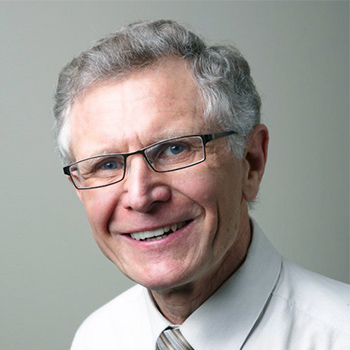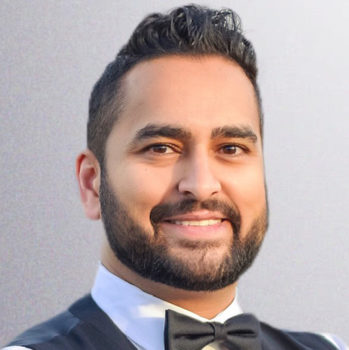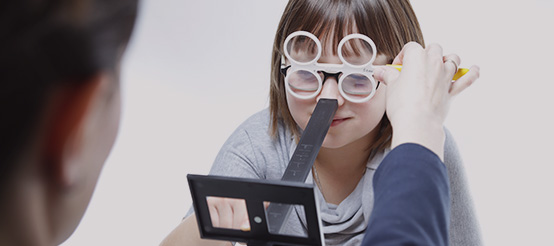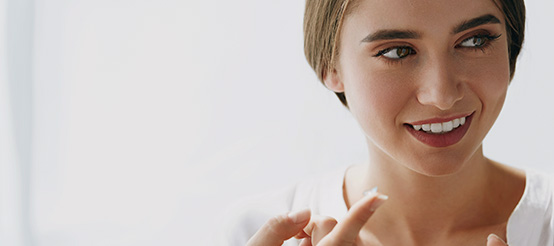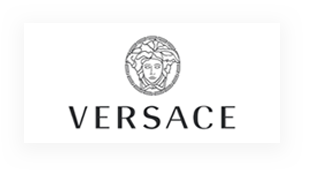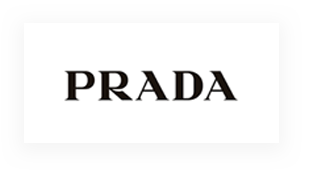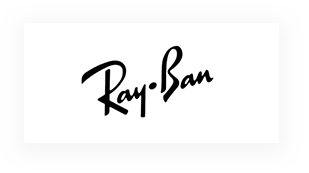When it comes to making sense of the world around you, the human eye is of utmost importance. This organ allows individuals to access key information about their environment, more so than any other sensory organ. In addition, the eye acts as a gateway for physicians interested in evaluating your body’s vascular structure. This can be crucial for diagnosing serious ailments, such as diabetes and high blood pressure.
Elements of the Eye
The human eye rests within a cavity in the skull that is known as the orbit. In general, a fully developed adult eye will be about one inch in diameter, though only one sixth of the total surface area is visible when you examine a person’s face. External ocular components, such as the lids, brows and lashes, help prevent foreign debris and intense light from harming the exposed portion of the eye.
Other components of the eye play equally important roles. The white outer layer of the eye, known as the sclera, is responsible for affording rigidity, and the sclera is covered by a clear film called the conjunctiva. At the very front of the eye rests the cornea, which is also attached to the sclera. The cornea helps focus light that is entering the eye, thereby allowing the perception of images.
How Your Eye Functions
Processing light is the key function of the eye. Once light makes its way through the cornea, it then passes through the pupil. The pupil will grow larger or smaller to accommodate how much light is entering the eye (e.g. the pupil will decrease when faced with brighter light and expand in dimmer light). The pupil is situated in the center of the pigmented portion of the eye called the iris.
Behind the iris is the lens. The lens works in conjunction with the cornea by changing its shape to better focus light onto the retina, which is responsible for rendering images into electrical signals. These signals are carried to the brain via the optic nerve and processed as different shapes and colors, which enables humans to interpret the world in a meaningful way.
Categories:
- Cataract Surgery
- Cataracts
- Children’s Eye Care
- Contact Lenses
- Digital Eye Strain
- Dry Eye
- Eye Conditions
- Eye Disease Management
- Eye Exams
- Eye Health Articles
- Eyewear
- Frames & Lenses
- Glasses
- Glaucoma
- Laser Eye Surgery
- Lens Coatings
- Myopia
- Procedures
- Sports Vision Therapy
- Uncategorized
- Vision Health Concerns
- Vision Therapy
- Work & Safety
Share This Article:

Written by Russ Reisner
Dr. Reisner and Dr. Kuntz (who is also Dr. Reisner’s uncle) acquired and expanded Urban Optique into its current location in 2006 and 2007. Dr. Reisner was born and grew up in Limerick, Saskatchewan – a small farming community about an hour south of Moose Jaw. After attending the University of Saskatchewan he earned his degree in Optometry from Indiana University in 2001. Dr. Reisner is very proud of everything he and his colleagues have accomplished.
More Articles by Russ ReisnerOur Location
Located on the main floor of the Market Mall professional building. Providing eye exams, in-stock contact lenses and over 2,000 frames from over 40 brands of eyeglasses. Free parking is available for this Northwest Calgary location.


Address
4935 40 Ave NW #132Calgary AB, T3A 2N1
Contact Information
- P: 403-286-4142
- F: 403-247-2025
- E: [email protected]
Hours
- Monday: 9:00am - 6:00pm
- Tuesday: 9:00am - 9:00pm
- Wednesday: 9:00am - 9:00pm
- Thursday: 9:00am - 6:00pm
- Friday: 9:00am - 6:00pm
- Saturday: 9:30am - 5:30pm
- Sunday: Closed
Optometrists


